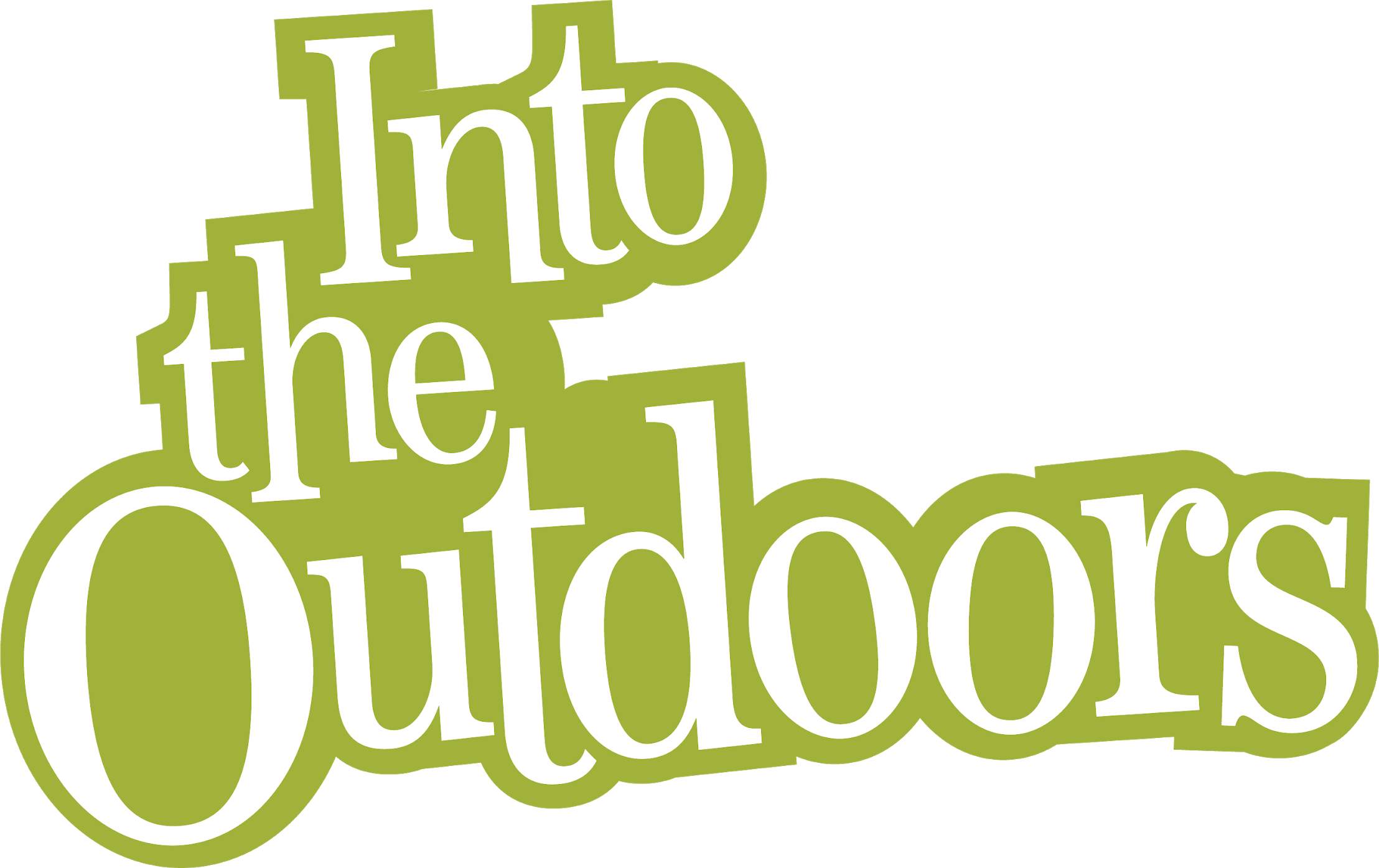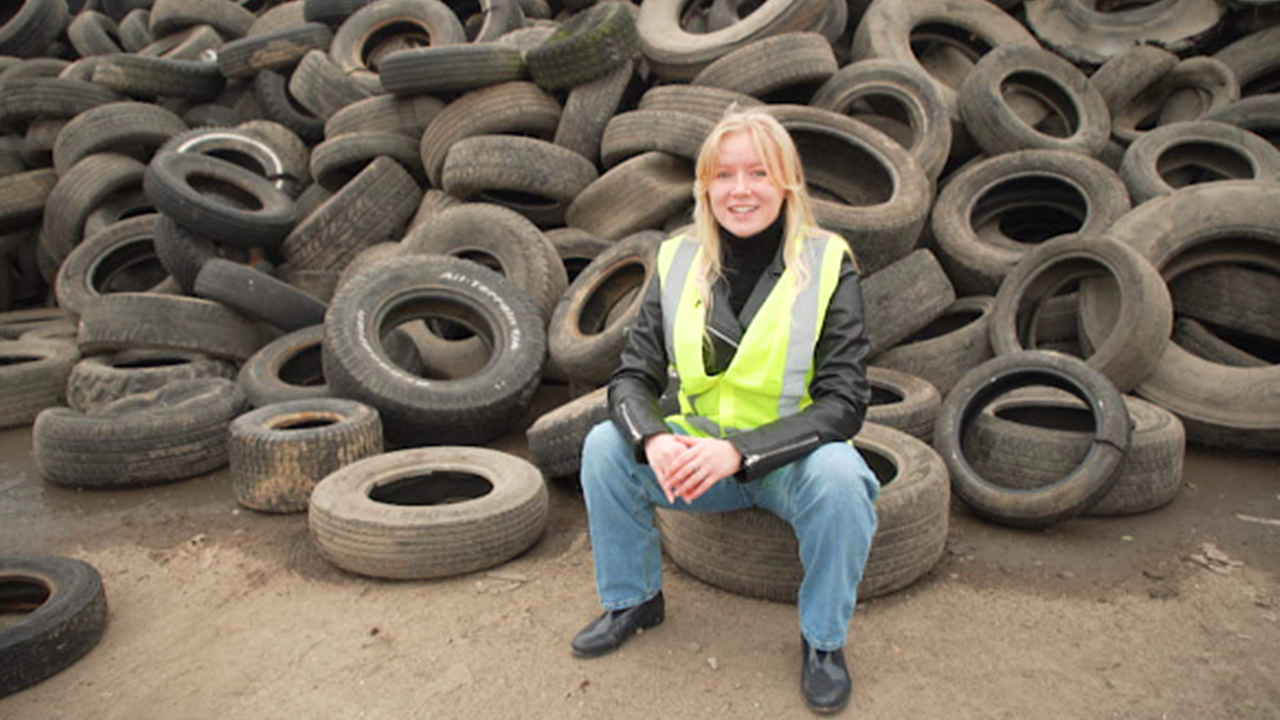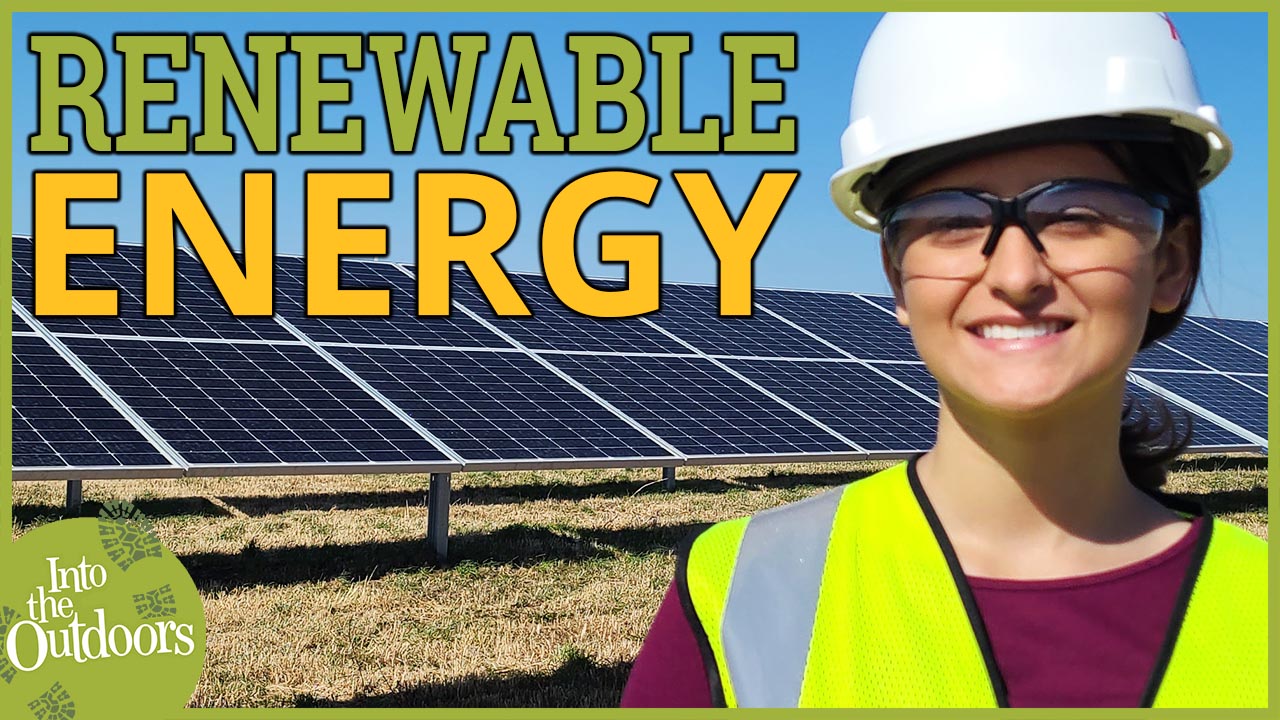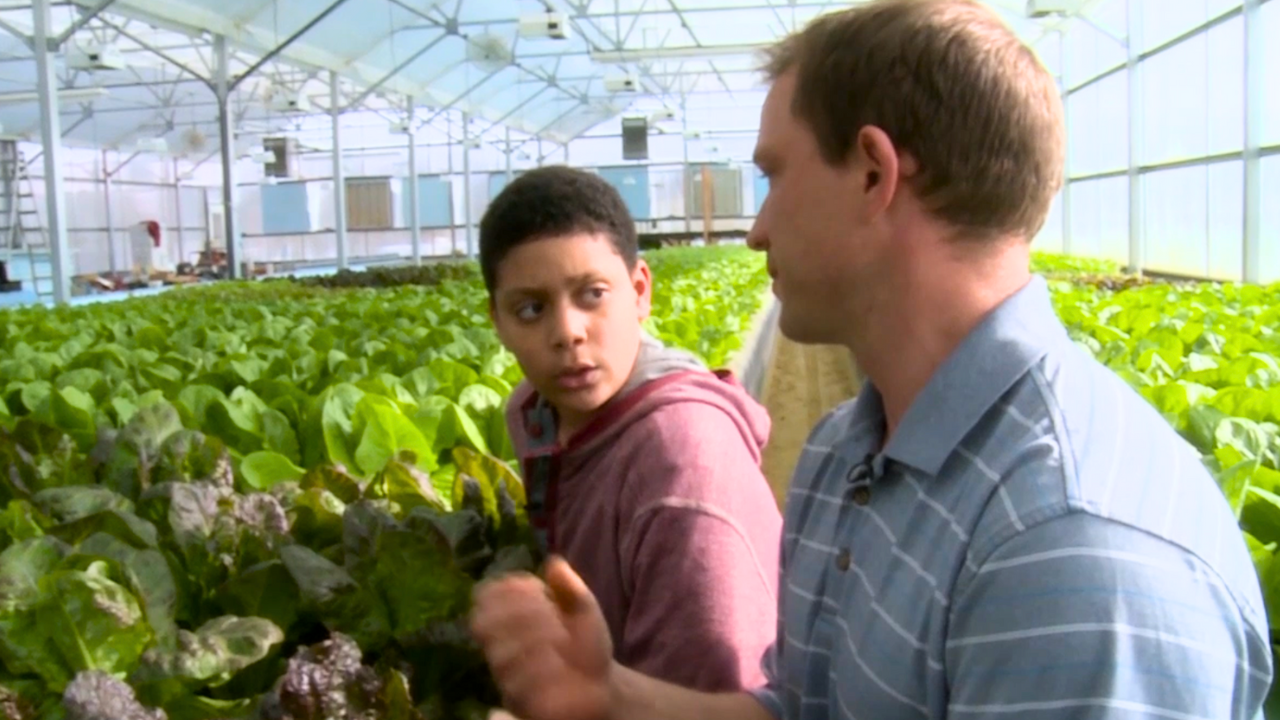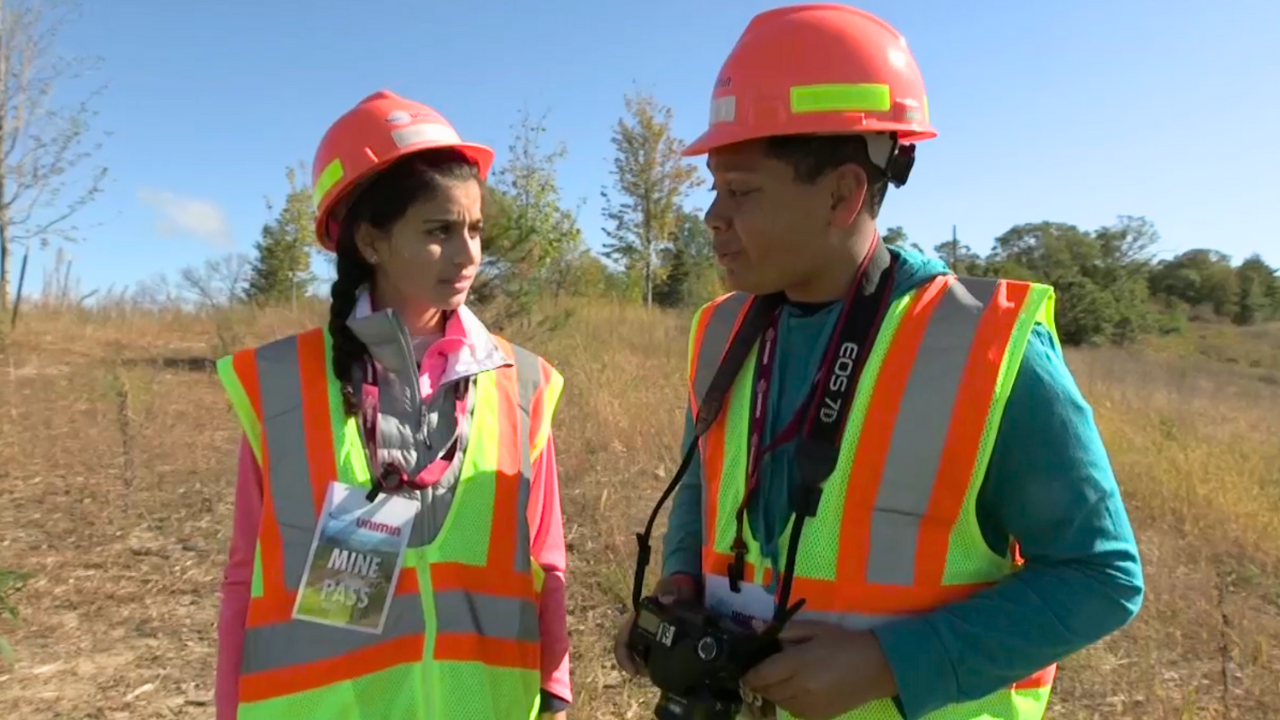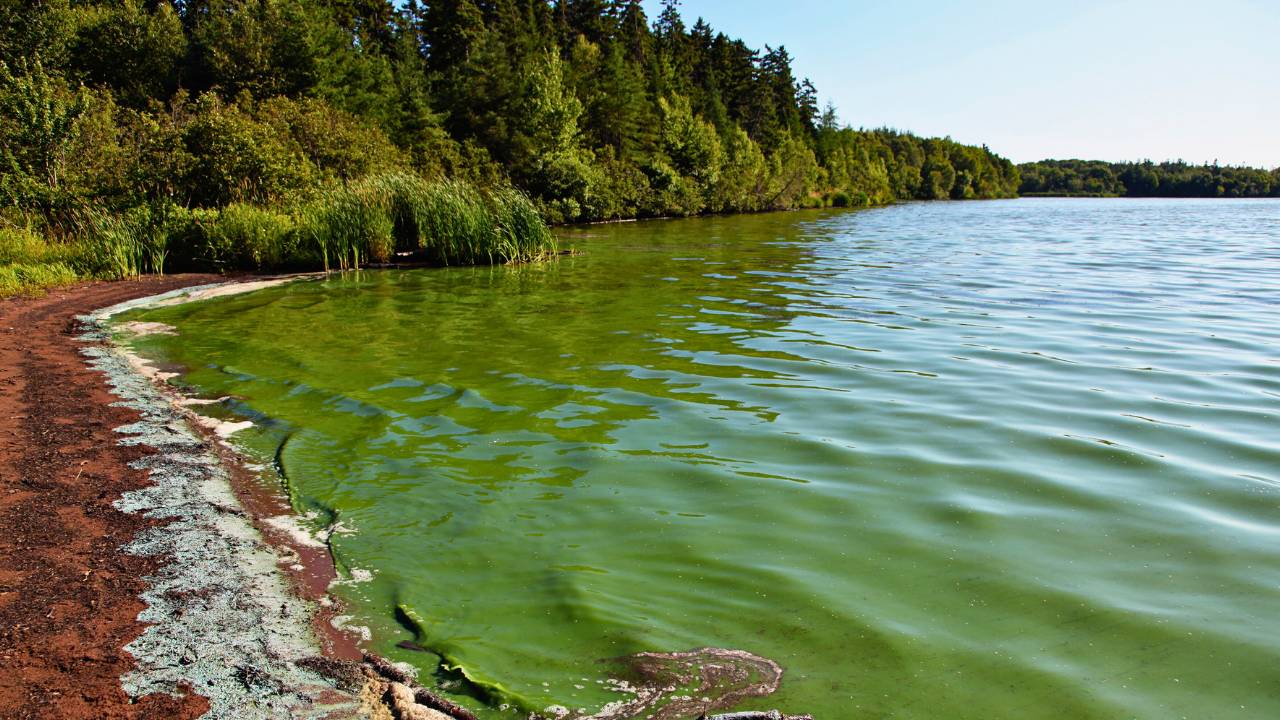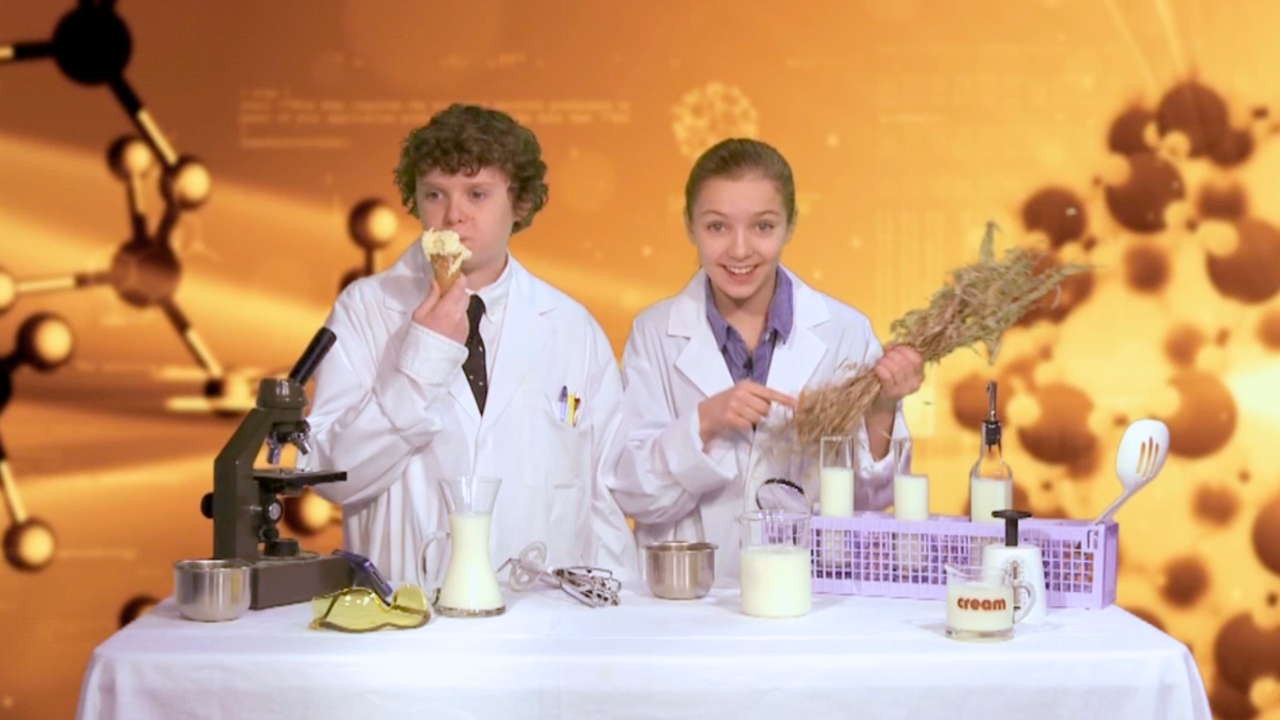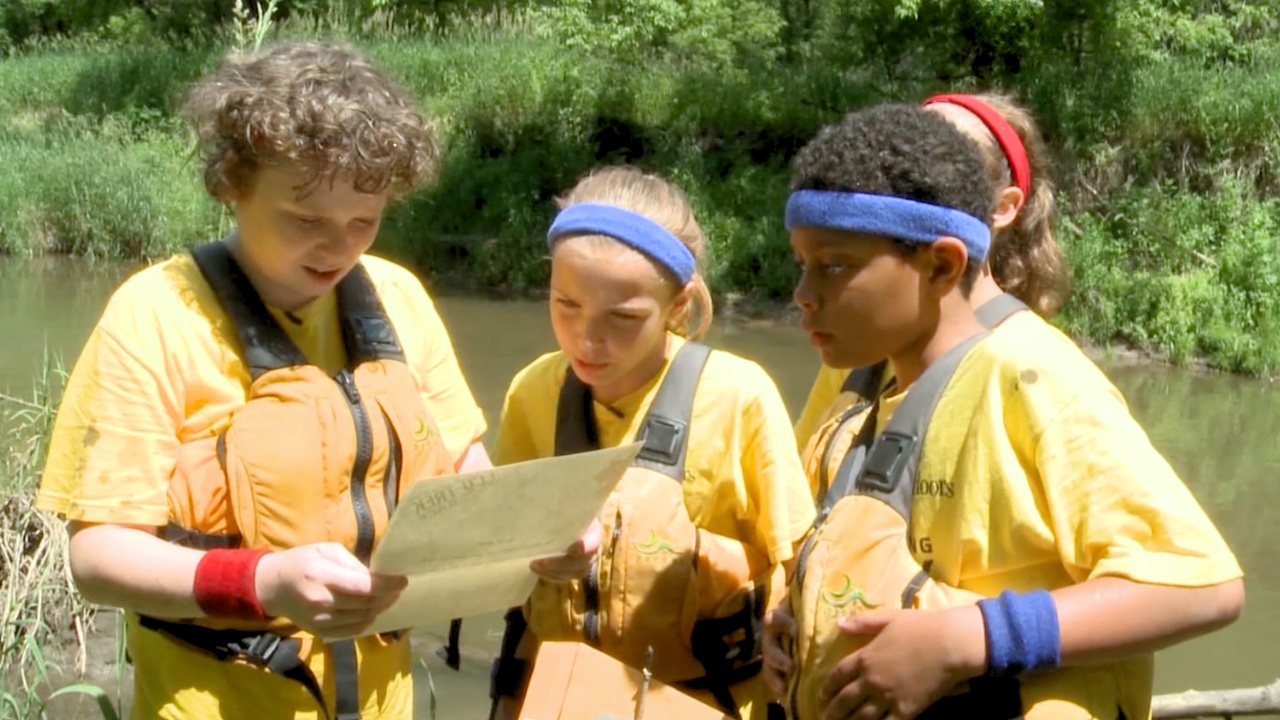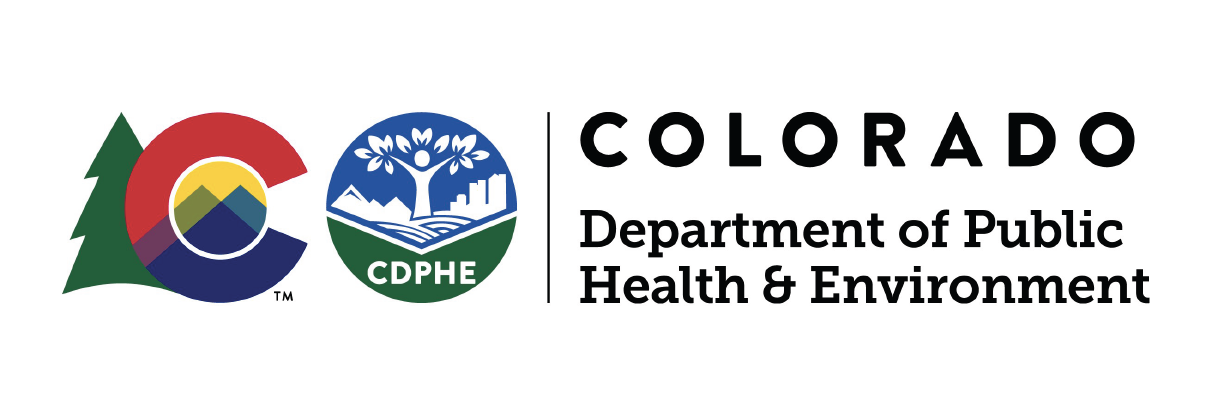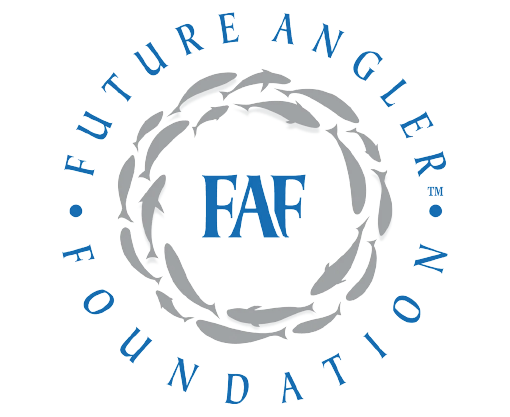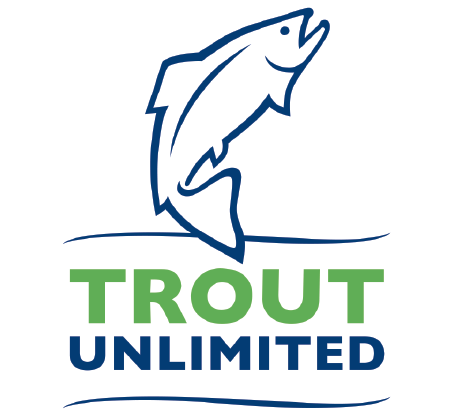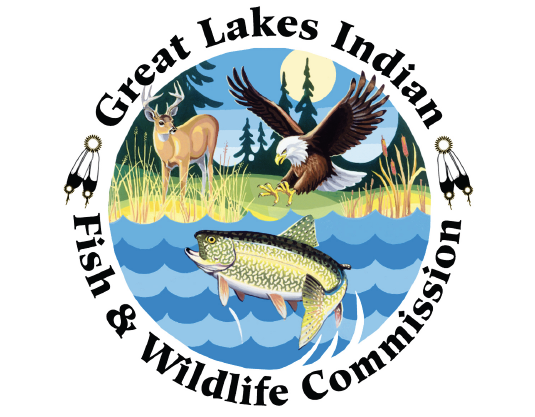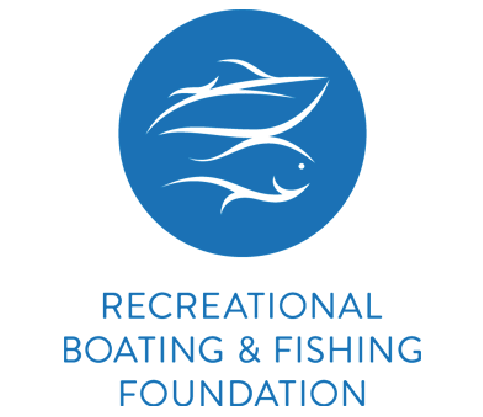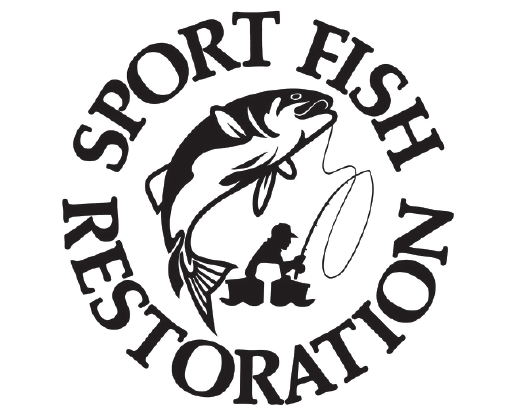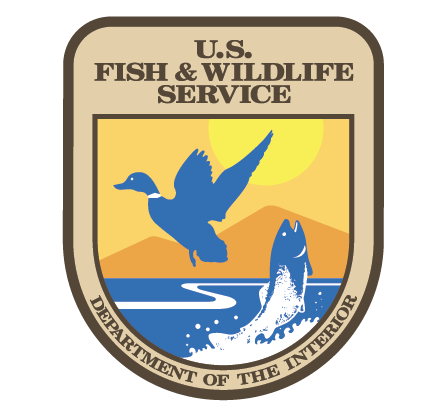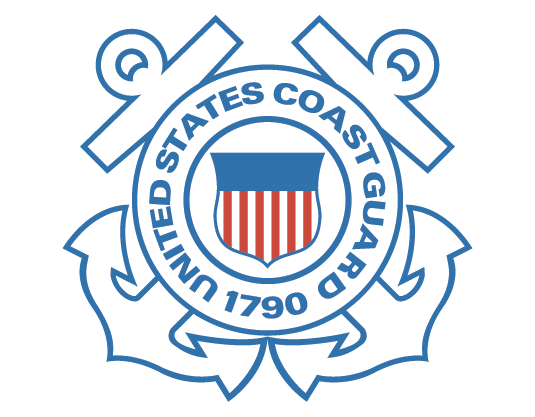Did you know that soybeans are actually native to Asia, where they’ve been grown and eaten for over 5000 years? Discover this and more by watching the four Parts of Soybean Science from the Into the Outdoors episode reveal the scientific and technological impact of soybeans on agriculture and industry. It explores how properties in the legume seed can be converted into a wide variety of products used in industry and its impact on society. The free companion classroom Discussion Guide at the bottom of this page let’s everyone learn together, so have your teacher download it.
Soybeans finally made their way to America in the late 1700s when sailors loaded the lower compartment of ships with heavy bags of soybeans. The soybeans were cheap and helped stabilize the ship on rough seas. Once ships arrived in America, they offloaded the soybeans, loaded new cargo and then set sail back out on the high seas. By the 1800s, American farmers began growing soy and some even started making soy sauce out of them. But it took one very special American chemist to help people realize the amazing secrets of soy. His name was George Washington Carver.
George Washington Carver developed ideas about crop rotation that were based on the idea that plants need certain vital nutrients to grow, like nitrogen, which they get from the soil. There’s a limited amount of nitrogen in the soil. Once the plants use it up, it needs to be replenished in the soil, and that’s where soybeans save the day. Unlike most plants that only take nitrogen from the soil, legumes can convert nitrogen from the air into nitrogen in the soil. The process is called “nitrogen fixation” and is just one of the science subjects covered in this video and classroom lesson guide series.
Plus, the educational partner noted below supported the video and companion lesson content here for all of us to learn from. They also offer other learning opportunities on their website. Educators are encouraged to evaluate and consider their science sources. Click on their logo to discover more!
Full Video
Classroom Videos
Technology of Soy
Nitrogen Fixation
Soybean Farming
History of Soy
Classroom Assets
Soy Discussion Guide
Nitrogen Fix Lesson
Soy Farming Lesson
